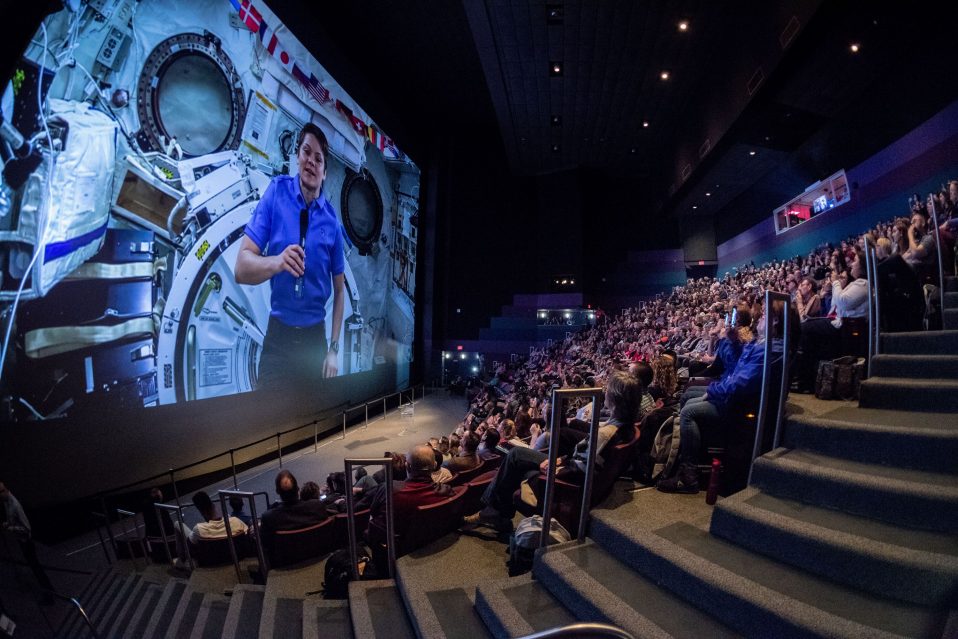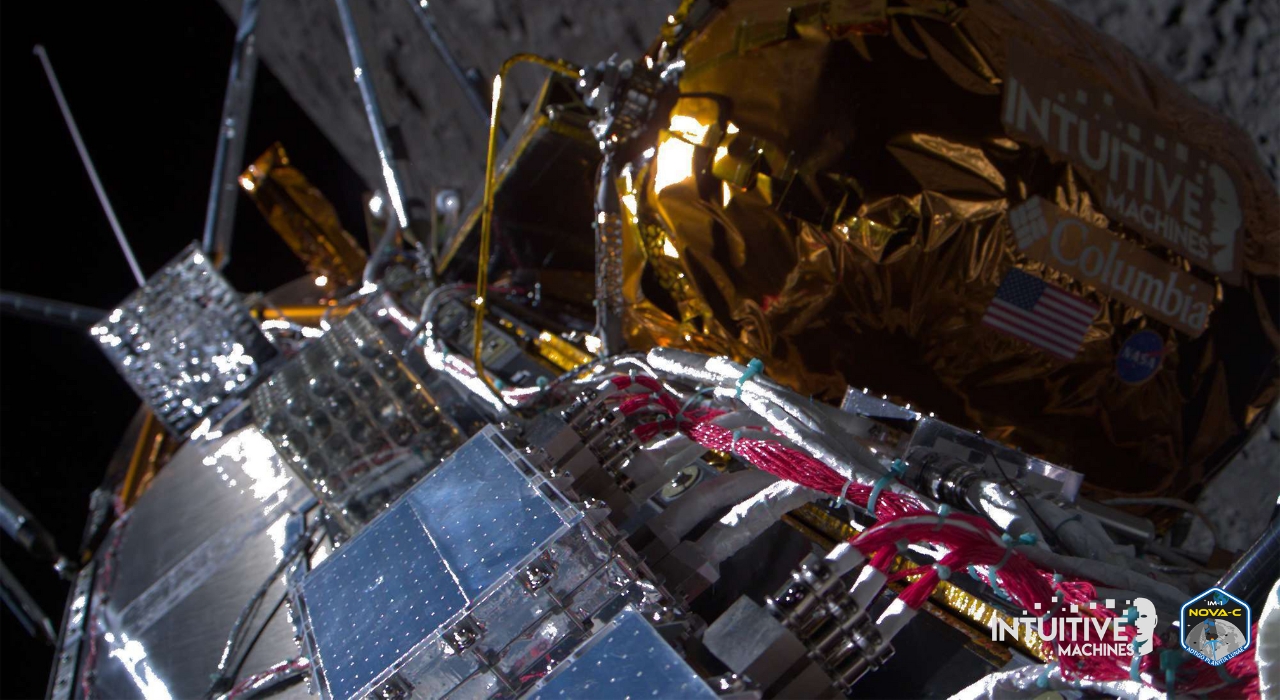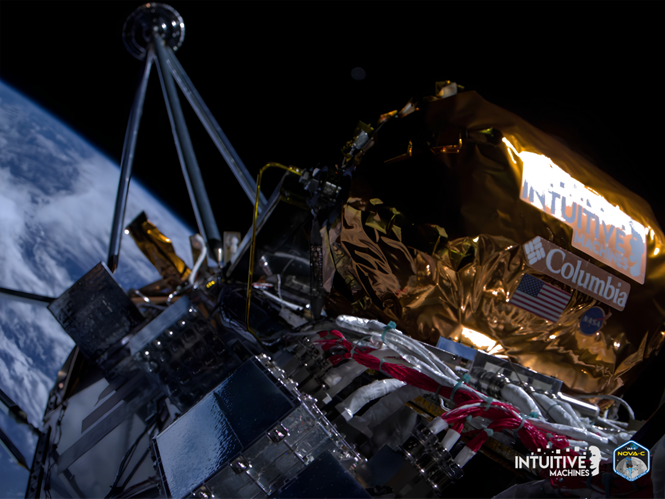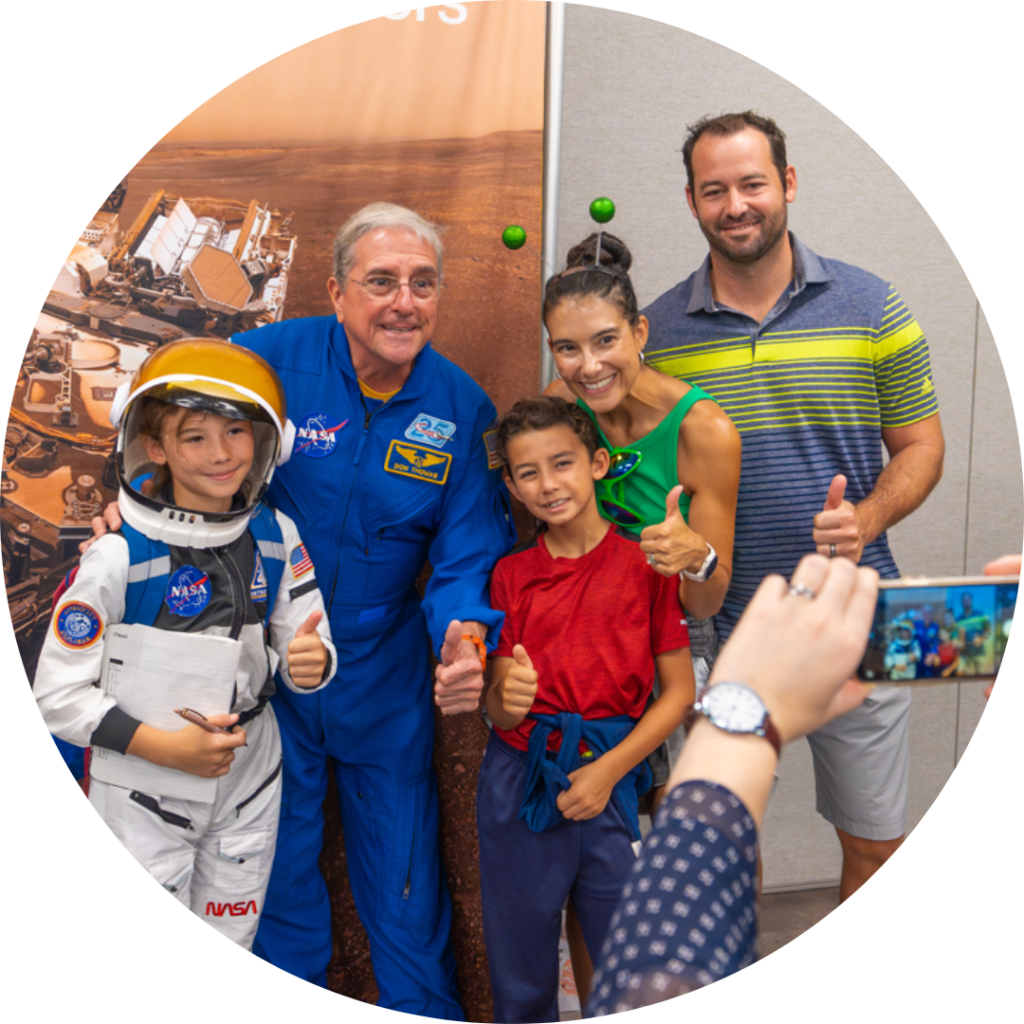The newest version of the AstroRad vest is currently being studied aboard the International Space Station (ISS). The findings could help inform NASA’s plans for future missions to the Moon and Mars.
What is the vest?
To survive deep space exploration, astronauts will have to weather radiation that is orders of magnitude greater than they’ve faced before. To keep them safe for an eventual trip to Mars and beyond, NASA has to get creative. One of the options is called the AstroRad vest.
Space Center Houston is proud to display this cutting-edge piece of space wear in our Mission Mars exhibit.
Designed by the Israeli company StemRad, the vest helps prepare astronauts for deep space exploration, like a trip to Mars. The suit was created based on the principle of selective protection of the bone marrow and the lungs, chest, stomach, colon and ovaries – organs that are particularly sensitive to the development of cancer due to exposure to radiation. The suit, which was first adapted to women because of their sensitivity to radiation, is made from hydrogen materials and is worn on the upper body, similar to a vest.
How is the vest being studied?
The Comfort and Human Factors AstroRad Radiation Garment Evaluation (CHARGE) study will ensure that this personal protective equipment will be ready for operational use and will not interfere with astronaut’s day-to-day activities.
CASIS, The U.S. National Laboratory on ISS, is hosting the study. Three female astronauts plan to wear the AstroRad vest in microgravity for variable durations during routine activities. They will assess ergonomics, range of motion, comfort and general user experience of the AstroRad vest in the microgravity environment and provide necessary feedback to improve garment ergonomics and function.
What does this mean for future exploration?
The research represents an important step ahead of launching the AstroRad radiation protection vest aboard NASA’s unpiloted Artemis-1 mission around the Moon, the last test flight before NASA begins manned deep space missions.
Should the tests prove successful, AstroRad could be a critical part of NASA’s space exploration plans for years to come, including the establishment of a sustainable human presence on the Moon and later sending astronauts to Mars.







